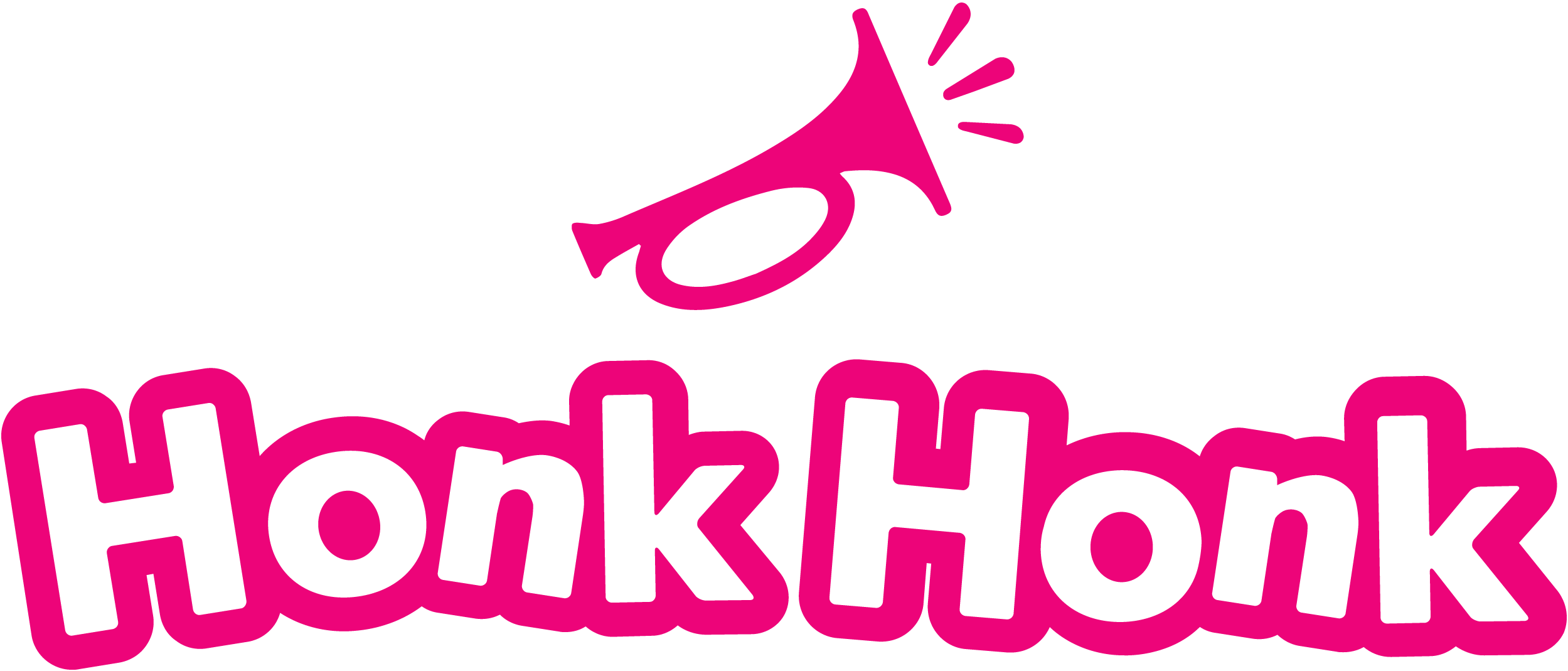
But disappearing margins aren’t just hurting dealers
RISING costs for car retailers mean that ‘unrealistic’ asking prices from private sellers are increasingly rejected as profits shrink in the used car market.
And it’s costing motorists too, because the first offer they turn down as ‘too low’ is almost always higher than the one they eventually settle for.
Dealers are currently retailing many cars around break-even ‘just to keep the lights on’, say analysts for HonkHonk.co.uk, which connects private sellers to retailers who need stock.
It means that many private sellers end up mistakenly holding out for better offers that never come, only to find their car is worth even less when they try again.
“Every day we’re hearing about car owners turning down fair offers, only to come back later when they realise that it was the best offer possible,” says HonkHonk CEO Sebastien Duval.
“The myth that dealers are trying to inflate profits when they offer a lower than the publicised trade price for a car is revealed by our analysis of spiralling preparation and presentation costs before a car can be sold again.”
HonkHonk analysts say that today the profit on an average car, like a Ford Focus retailing at just over £12,000 can be under £300 unless it was brought in for less than the commonly published ‘trade value’ of £10,000.
But overheads and preparation costs have risen so dramatically that many retail sales are currently closer to break-even.
The problem was sparked by the post-pandemic collapse in car values coinciding with unprecedented increases in service, repair and preparation costs.
To illustrate the squeeze, HonkHonk reveals how an apparent £2,500 margin disappears to almost nothing, when the car is finally sold.
Using real world figures they illustrate typical average spending to achieve a retail sale at £10,200, discounted from £10,500, for a car acquired for £8,000.
Basic Service (oil & filter change) = £200
MOT = £50
External Warranty = £200
In-house warranty / goodwill = £200
Average paint repair on 4 year old car (including alloy wheels) = £600
Typical other repairs/replacements = £200
Valet = £100
Discount to seller at point of sale = £250
Advertising = £100 per month
Other costs, eg provenance check, fuel, logistics of moving the vehicle = £200
Total selling costs = £1,850 (not taking into account any eventual discount to achieve the sale)
Total eventual profit = £350 (out of which will also come other business overheads)
Sebastien Duval said: “Dealers aren’t looking for sympathy but better understanding of the current market conditions.
“We’re also seeing an increase in private sellers deciding to sell their car just ahead of a major service, to avoid that expenditure, without considering that the buyer will have to take that cost into account in the offer they make.
“Yesterday a HonkHonk user was told that his offer £750 below the published trade value of a BMW was unfair, even though the car was immediately due a major service and needed two new tyres.”
HonkHonk points out that independent market information experts CAP-HPI warned this week that the market is only beginning to stabilise after last year’s major falls, reducing the value of cars held in stock each day.
“Many people naturally assume that the difference between published trade and retail price represents the dealer’s profit, but preparation costs eat most of that up very quickly,” Sebastien Duval adds.
“We think that dealers will continue hedging against these spiralling costs until the market has fully recovered and that means consumers are well advised to accept early offers as the best they’re likely to get.
“Looking ahead we think that dealers will typically need a £2,500 buffer on a car eventually retailing around £10,000 – £12,000, rising to £3,000 for a car they’ll sell at around £20,000 and the best part of £5,000 for anything in the £50,000 retail bracket.”


